Does Fitbit track oxygen?
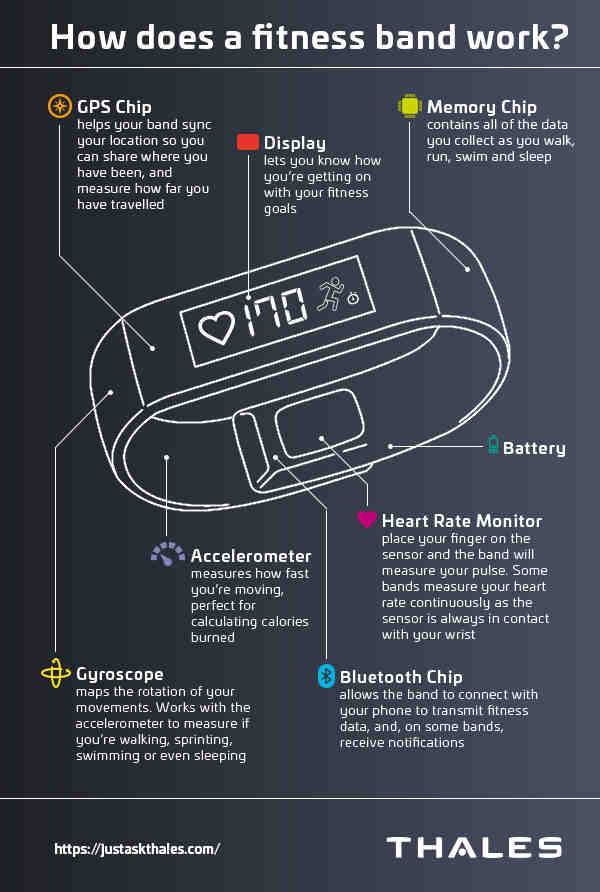
Your Fitbit device uses sensors to estimate your blood oxygen saturation (SpO2) while you sleep. The Fitbit SpO2 feature is intended for general wellness purposes only and should not be used or relied upon for medical purposes.
Do all Fitbits track oxygen levels? Earlier this month, Fitbit quietly rolled out blood oxygen monitoring to five of its devices: Versa, Versa 2, Versa Lite, Ionic, and Charge 3. (Interestingly, this is a feature Apple said its Apple Watch is capable of.) to do, but has not yet been released for that device).
Is Fitbit accurate for oxygen saturation?
Fitbit SpO2 data is not intended for medical purposes, nor is it intended to diagnose, treat, cure, or prevent any disease or condition. The data provided by Fitbit SpO2 is intended to be a rough estimate of blood oxygen saturation levels, but may not be exact.
Can Fitbit detect low oxygen levels?
Fitbit SpO2 calculates your range and average blood oxygen saturation levels while you sleep. It is designed to see potential changes in your physical condition and well-being.
How accurate is the SpO2 on Fitbit?
Over 12 nights of data, the minimum values are between 88% and 97%; the averages are between 93% and 98%; maximum values are between 95% and 100%. My daytime SpO2 values with a fingertip pulse oximeter are consistently 96%-98%.
What Fitbit records oxygen?
Fitbit SpO2 uses the sensors in Fitbit Charge 4, Fitbit Charge 5, Fitbit Ionic, Fitbit Luxe, Fitbit Sense, and Fitbit Versa series devices to estimate your SpO2 average and range while you sleep. Install an SpO2 app or watch face and use your compatible device to sleep.
Does Fitbit track oxygen while awake?
As Fitbit explained in a blog post (opens in a new tab) announcing the new watch face, awake oxygen saturation is typically between 95% and 100%.
Why does my Fitbit not record sp02 last night?
It won’t show an SpO2 reading until you can sleep with it. This is because SpO2 is not built into the Fitbit app, it’s on the device. Once you sleep with him, he should appear on the watch face.
How long does it take to see results from using resistance bands?
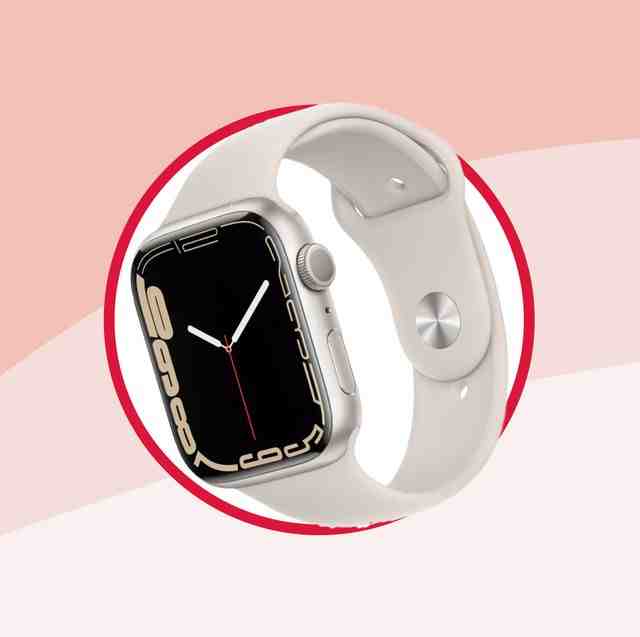
If you’re new to resistance training, you’ll typically see some results with increased muscle tone, decreased body fat, and increased strength in as little as two to four weeks.
How long does it take to gain muscle with resistance bands? Your programming cycles should have different levels of intensity, load, volume, sets, reps, and a different training structure. These cycles can last anywhere from a month (or even less) to three months, with 4-8 weeks being the most common for building muscle.
How many times a week should you do resistance band training?
When beginning resistance band workouts, you’ll want to aim for two strength-based training sessions each week of about 30 minutes each, according to the International Sports Science Association (ISSA) Certified Personal Trainer. ), Mike Matthews, author of Muscle for Life: Get Lean, Strong, and Healthy at Any Age!
How many days a week should you workout with resistance bands?
There is no hard and fast rule: how often you do a muscle-building resistance band workout in your week may depend on your starting fitness level and fitness goals. With that said, aim for at least 2-3 days a week to see long-term improvements.
Is it OK to do resistance bands everyday?
While you can resistance train every day, for most people it may not offer additional benefits in reaching your goal compared to training just three to five days per week.
Can you see results from resistance bands?
But it is absolutely possible to build muscle with resistance bands. These bands are not only portable and easy to operate, but they are also remarkably efficient when it comes to strengthening and gaining muscle. Resistance bands build muscle the same way free weights do.
Can you get results from resistance bands?
Absolutely. In fact, a 2019 study shows that training with resistance bands provides similar strength gains as using conventional gym equipment. “Resistance bands may not sound like much, but they can strengthen muscles just as effectively as more traditional weights,” says Travers.
Can we build muscle with resistance bands?
Resistance bands can add muscle-building power to most types of workouts. They are also great for rehabbing muscles after injury. Resistance bands come in various strengths, making them very useful for most people.
Do resistance bands speed up results?
Research shows that strength gains from using resistance bands are similar to training with dumbbells or weight machines, benefiting not only the average person but athletes as well. Resistance band training can even increase stabilizer muscles to a greater extent than weight training.
Will resistance bands make me faster?
Speed resistance bands are the ideal training tool to develop speed by applying resistance at each phase of training, challenging the athlete to work harder. High-intensity training develops the strength and explosive power to propel the legs and push a runner faster.
Do resistance bands build muscle faster than weights?
They’re also great for core work. Personal trainers also agree. We spoke to three different trainers who not only said that resistance bands can be just as effective at building muscle as dumbbells, they’re also more cost-effective, portable, and versatile.
Why is fitbit so popular?
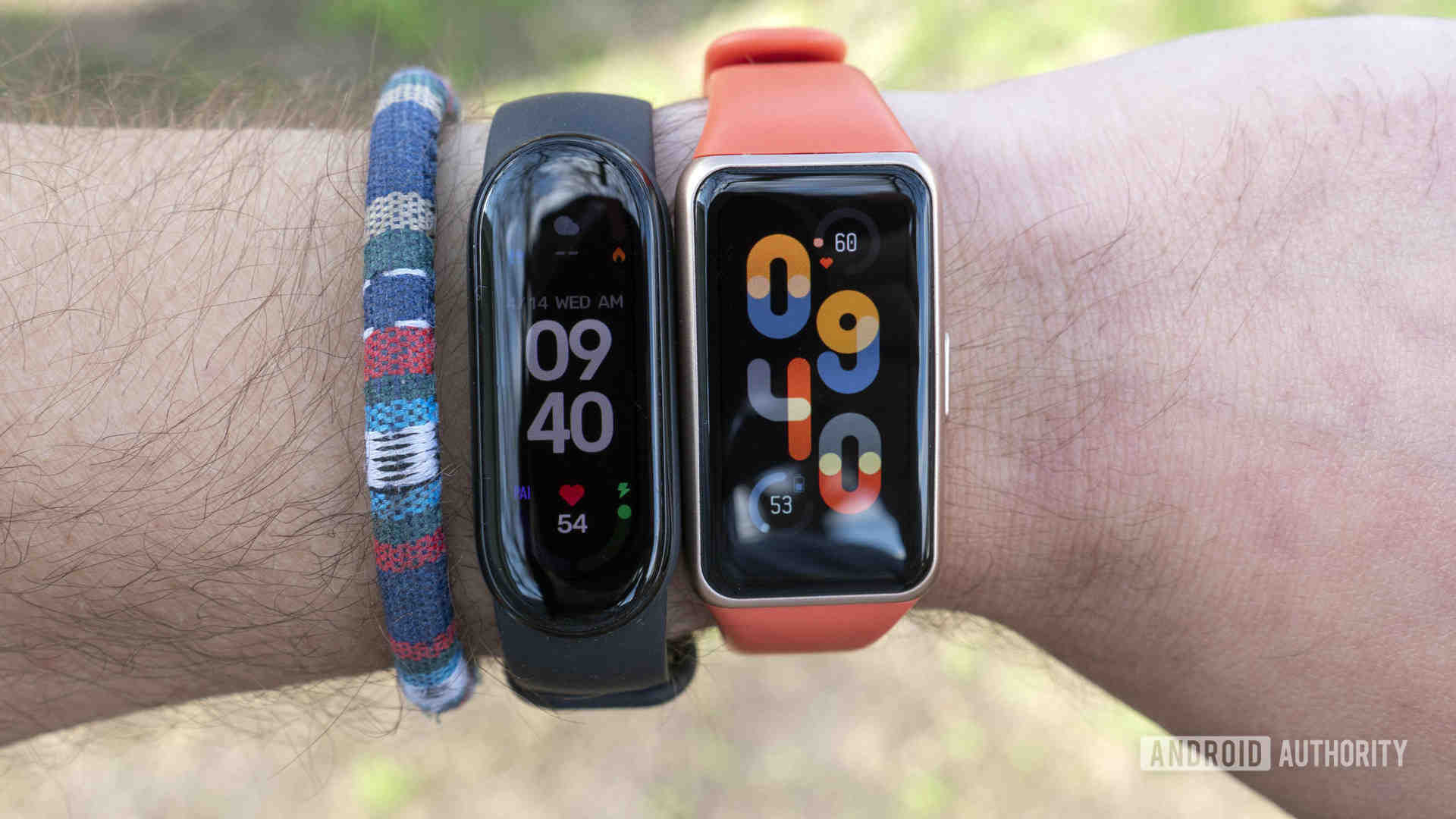
One of the reasons for Fitbit’s continued success is its investment in new models. The first tracker was pretty good, but in 2011 Fitbit improved it by adding an altimeter, digital clock, and stopwatch. That was the Ultra.
Are Fitbits really useful? Wrong! The researchers wanted to know if wearable fitness trackers like Fitbits helped people lose weight compared to other behavioral weight-loss techniques, and the short answer is: they don’t. In fact, participants who wore fitness trackers during the study lost less weight over two years than those who didn’t.
Why is Fitbit famous?
Fitbit is an American digital health and fitness brand, founded in 2007 and known for its namesake fitness trackers that helped drive the wearable trend.
Why do people like Fitbits?
Some people benefit from using the Fitbit app and device to record exactly how active they are and what they eat, tracking that data over time. Other people just try to eat less unhealthy foods, go running every day and don’t care much about the rest.
What’s the point of a Fitbit?
Aside from tracking sleep, calories, steps, active minutes, climbed stairs, etc., you can check phone notifications and it has a clock. It also has a continuous heart rate monitor, as well as the new “SmartTrack”, which tracks your workouts and records them in your Fitbit app.
Are Fitbits worth buying?
The researchers wanted to know if wearable fitness trackers like Fitbits helped people lose weight compared to other behavioral weight-loss techniques, and the short answer is: they don’t. In fact, participants who wore fitness trackers during the study lost less weight over two years than those who didn’t.
When did Fitbit get popular?
Fitbit went public in June 2015, growing from a $4 billion company to $9.7 billion in 2015. This was the height of the wearable hype, with Apple releasing the first Watch and Pebble releasing a second. Kickstarter, reaching $20 million.
When was Fitbit first sold?
September 2009 – The first fitness device or tracker, ‘Fitbit’ or Fitbit Classic, is released. Fitbit released its tracker in late 2009, shipping around 5,000 units with another 20,000 orders on the books.
Was Fitbit or Apple Watch first?
Fitbit launched in 2007 and set the stage for what would later become the burgeoning wearable market when the Apple Watch launched in April 2015.
What are the pros and cons of Fitbits?
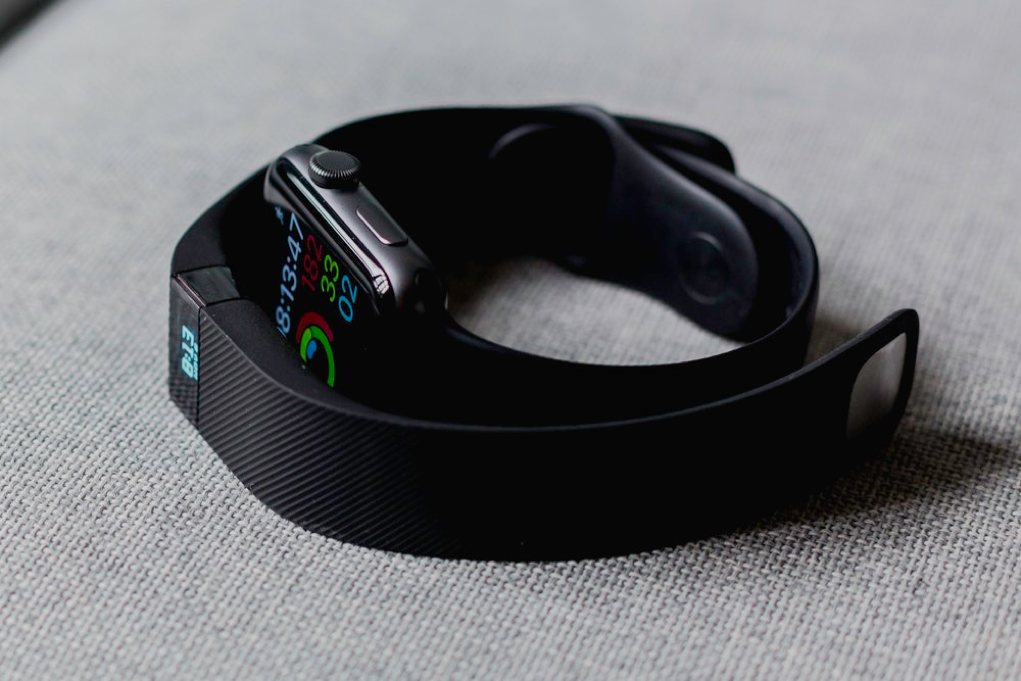
- Pro: You have options. …
- Pro: Easy to use even for tech novices. …
- Pro: It really increases your motivation. …
- Con: It can be a bit awkward. …
- Pro: Most Fitbits are waterproof. …
- Pro: The charge lasts for several days at a time. …
- Con: They are a bit more expensive.
Is it good to use Fitbit all the time? Numerous users have reported experiencing physical side effects from continuous use of the device. Some of the most common include feeling dizzy and experiencing frequent headaches that don’t go away even with medication. Others report heart palpitations and erratic pulse rates.
Are Fitbits worth buying?
Most devices can tell you exactly how far you’ve run, how high your heart rate goes during a workout, and how active you’ve been throughout the day. If you don’t care about any of those fitness tracker specifics and are content to just get some exercise in, a Fitbit might be a waste for you.
Which is better apple or Fitbit?
When it comes to battery life, Fitbit wins hands down, Gebbie said. “The Apple Watch offers an 18-hour battery life, which means you need to charge it every day, whereas many Fitbit trackers and watches can go days or even weeks without charging.
What are Fitbits good for?
The Fitbit was originally designed as a step tracker, and all Fitbit devices still offer step tracking. But these little wrist-worn devices also boast distance tracking, heart rate monitoring, sleep tracking, GPS and other nifty features.
What are Fitbits good for?
The Fitbit was originally designed as a step tracker, and all Fitbit devices still offer step tracking. But these little wrist-worn devices also boast distance tracking, heart rate monitoring, sleep tracking, GPS and other nifty features.
How do you get a bigger butt with resistance bands?
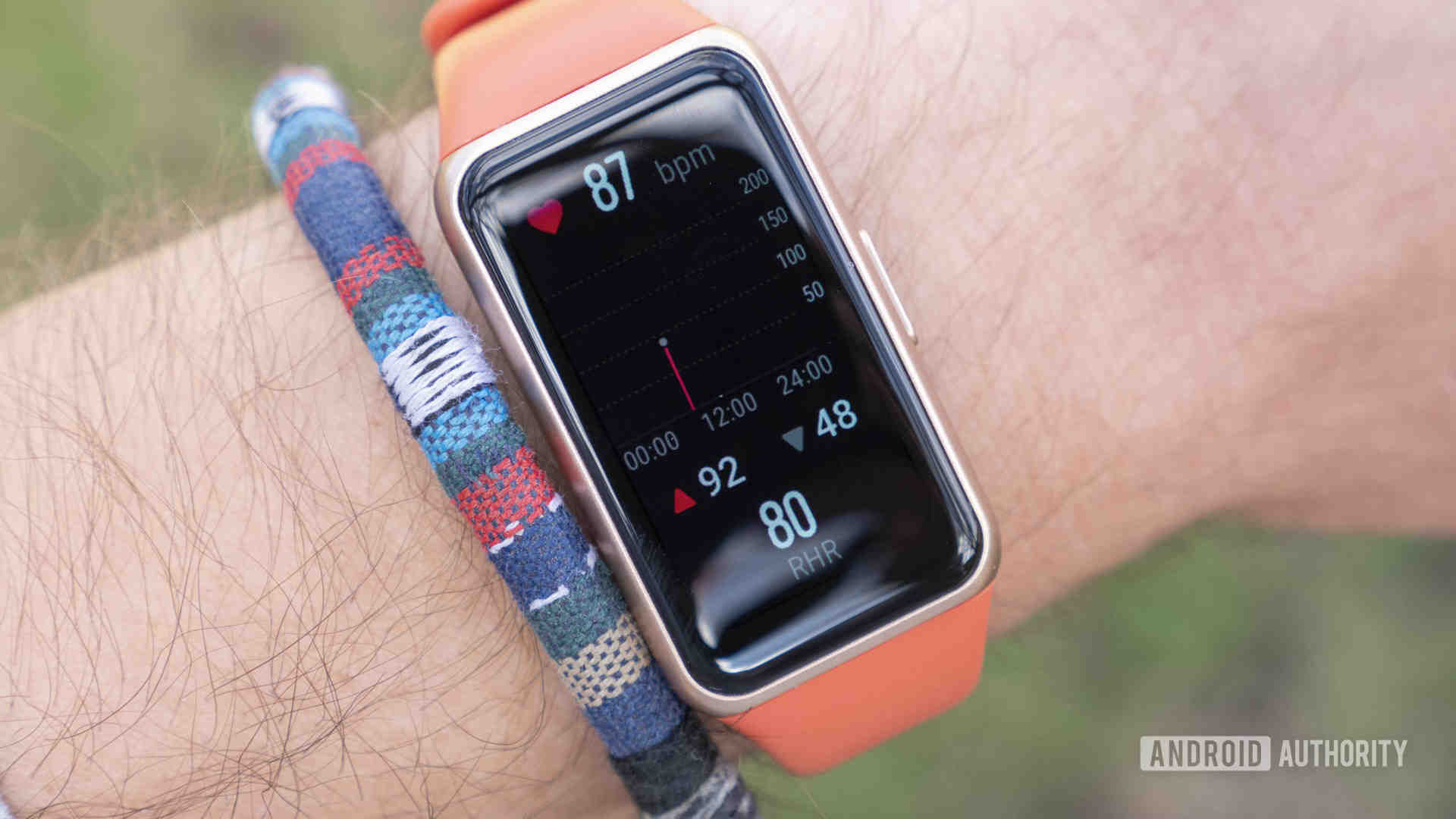
Which resistance band is best for the glutes? Best for Butt: Recredo Butt Bands (They’re called butt bands for a reason). They are made from a high-quality stretchy material that won’t dig into your skin or loosen over time. And because the fabric is wider than latex resistance bands, you’ll also find these to be more intense when doing squats and lunges.
Can you get a bigger bum with resistance bands?
Resistance bands are one of the best ways to activate your muscles, especially your glutes. Don’t get your hopes up though, your loot gains may be slower than you’d expect in the gym, but they will happen.
How do you build butt with resistance bands?
Place a mini band just above the knees around both thighs. Lie on your back with your hands by your sides, knees bent, and feet flat on the floor hip-width apart. Squeeze your glutes and core as you lift your hips a few inches off the ground. From this elevated position, walk with your feet together.
How long does it take to grow glutes with resistance bands?
Muscle adaptation to new stimuli usually takes between 3-4 weeks depending on the level of the athlete. This means that you should include different exercises with glute bands and resistance bands in your training, every 3-4 weeks to continually promote glute growth.